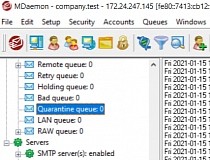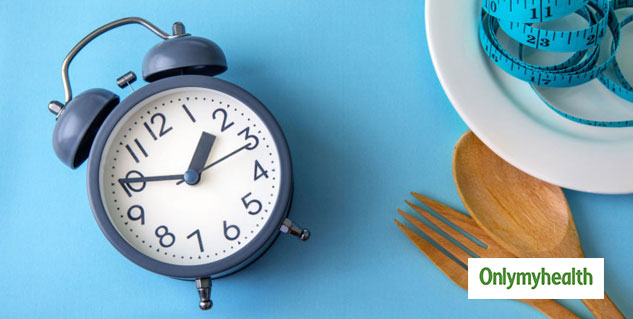


Beyond that, variations exist, but Jennifer Oikarinen, registered dietitian at Banner - University Medical Center Phoenix in Arizona, told Women Health that people often follow these rules: pick a four - hour sector of day, say noon to 4 pm or 2 to 6 pm, and always eat within one hour of that time to stay consistent from day to day.

That means no snacks, little nibbles or grazing every few hours, but you can drink calorie - free beverages such as water, and black coffee or tea at any time. The main rule is to eat only one meal day. There's section of Reddit devoted to OMAD, where people post photos of their meals and exchange tips. Venture capitalist Vinod Khosla told the New York Times he fasts until dinner because food slows him down. Todd Becker, who runs Getting Stronger blog about thriving on stress, told TODAY in 2015 that he usually ate dinner, but often skipped breakfast and lunch. Still, OMAD, in one form or another, is the regimen people have been following even before diet had buzzy name. Someone with prior eating disorders could spiral back in with this approach it carries too high of risk of malnutrition, and ability to stay on it long term is difficult. While I am a fan of fasting, this approach is not something I would advise in most scenarios, Kirkpatrick told TODAY. But for most people, life is getting in the way and old habits can make sustaining a diet very challenging, she say. Kristin Kirkpatrick, lead dietitian and manager of Wellness Nutrition Services at Cleveland Clinic Wellness Institute in Cleveland, Ohio, has few patients whove been following the plan for years. But experts are much more wary about OMAD. Twitter co - founder Jack Dorsey has been part of the movement, fasting most of the day and eating only dinner.

With so much interest in intermittent fasting, there came buzz about a more extreme version of eating plan: OMAD diet.


 0 kommentar(er)
0 kommentar(er)
